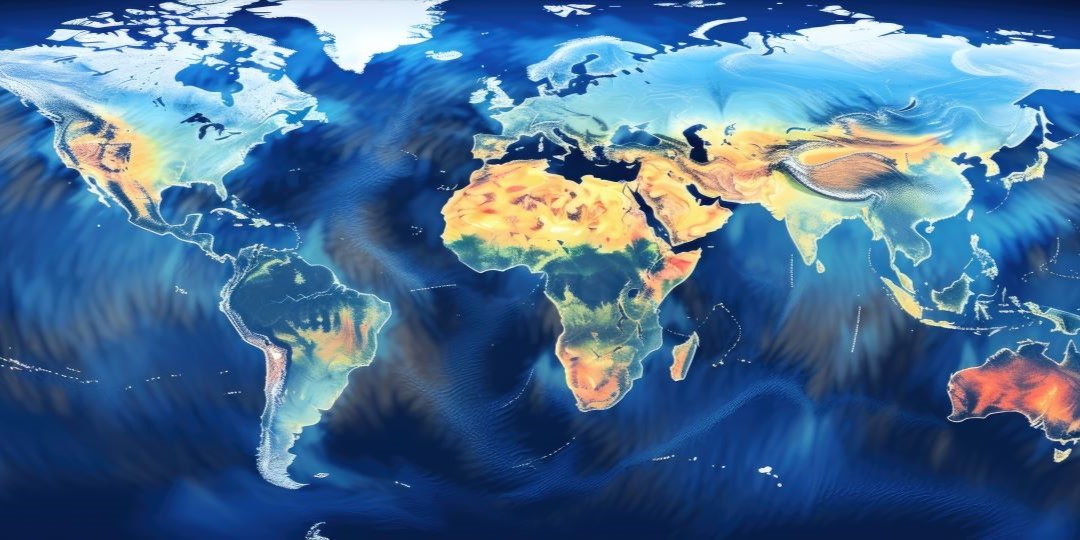By Joshua Brantley, NERC Reliability Specialist
In the rapidly changing world that we live in, there have many approaches to making the Power Grid more reliable. The most recent push has been for the Extreme Cold Weather that continues to cause issues around the US fleet of Generators. In some cases, it may be easy to locate the “Design” limitation of the Generating Units minimum operating temperature, but this is not always the case. Engineering analysis is going to be the most affective however, this can be very costly and time consuming. The next step will be to evaluate based on the Historical temperature values that the NOAA databases has retained for ECWT determination.
Pull historical weather from the NOAA Portal. The tool allows for search of the nearest weather station. Using the guidance from the NERC Portal this will assist in the process of ECWT determination. Once data is pulled, it will start the evolution of temperature determination. Option 1 will give you just a value that is basic and the user will need to filter and find the date and time. After locating that, you will need to determine if the unit(s) were operating. Option 2 will give a histogram to show the trend of temperatures, and then the user will need to verify if the unit(s) were operating.
There have been a few issues when pulling the data CSV from the NOAA. The first issue is that there are some cells that will not have any value and will need to be filtered out. Second, there are some temperatures that will have an “S” but using the “find and replace” feature in Excel, you can replace this “S” with a “blank” and the temperature remains. Third, if data is pulled in increments greater than 5 years (3 years is preferred), this will lead to severe PC lag issues. Overall, the NOAA method is great to determine the 0.2% threshold that NERC is looking for on historical operating temperatures.
There may be significant benefit to utilizing a local dry bulb temperature, as some of the weather stations may be greater than an hour from many facilities. In the event the dry bulb value is tied to the facilities DCS or PI system, this will allow the user to determine the temperature and day the unit(s) were in operation. Should the configuration of PI hold RAW data on an hourly time for the history of the facility, this would be the most accurate way to depict local historical temperatures for the facility’s geographical location.
In conclusion, historical temperature data acquisition has shown to be somewhat burdensome. There are some roadblocks along the way, but with a little work this will become easier as the push for temperature determination matures. The future of temperature determination does not appear to be going away but will be easier as time progresses.











